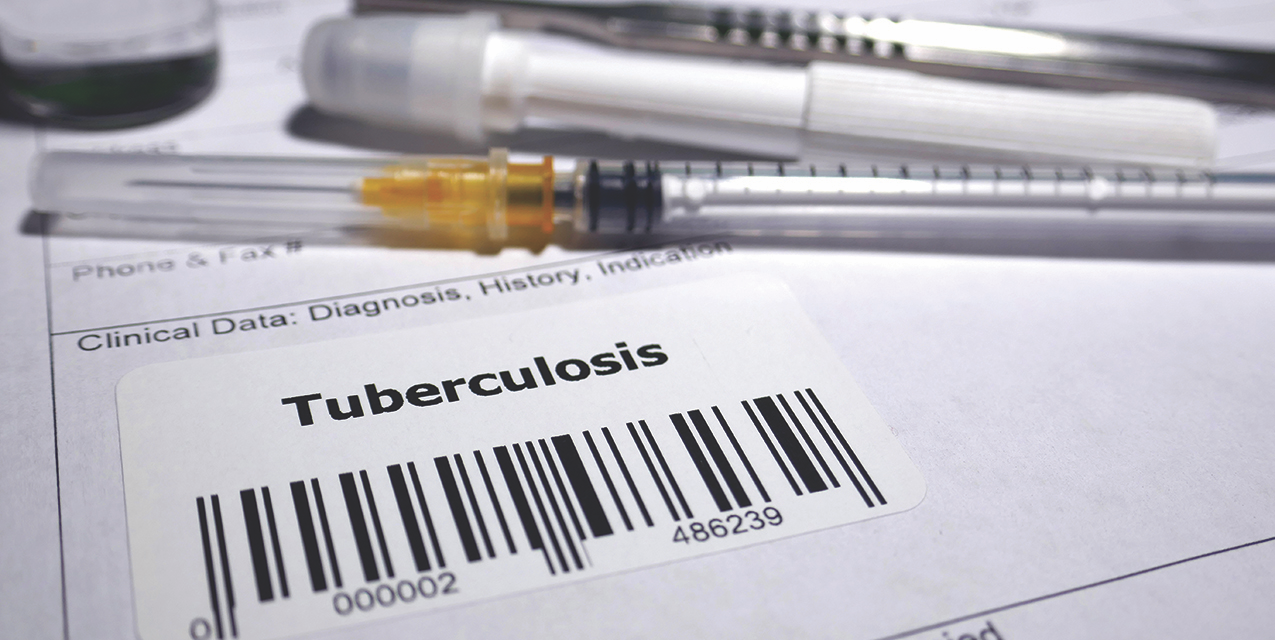Tuberculosis (TB) is a potentially serious infectious disease. According to the Mayo Clinic, mycobacterium tuberculosis, the bacteria that cause TB, are spread in the air through coughing and sneezing. When TB takes hold, it largely affects the lungs of the infected individual. However, the Centers for Disease Control and Prevention (CDC) says it also can attack other parts of the body, including the brain, spine, and kidneys.
How many people have TB? The World Health Organization (WHO) reports a total of 1.6 million people died from TB around the world in 2021. That year, TB was the 13th leading cause of death and the second leading infectious killer after COVID-19. TB kills more people than HIV/AIDS. About 10.6 million people worldwide fell ill with TB in 2021. Once rare in developed countries, TB infections began to increase starting in 1985, largely due to the emergence of HIV, the virus that causes AIDS. Since HIV weakens the immune system, the body is unable to fend off TB.
TB risk factors. According to the CDC, people at high risk for developing TB fall into one of two categories; those recently infected with TB bacteria, and those with medical conditions that weaken the immune system. Close contact with others with infectious TB, including immigrants from areas of the world with high rates of TB, homeless people, intravenous drug users, and people infected with HIV, increase risk for the disease. Those at high risk for TB also include people who work in hospitals, homeless shelters, prisons, and nursing homes.
Latent or active TB. Some people can have TB bacteria in their bodies, but show no symptoms, while others may be actively sick. Latent TB means one has a TB infection, but the bacteria are inactive and not causing symptoms. Such individuals also are not contagious. Latent TB can turn into active TB at any time, so treatment is suggested. An individual with active TB is sick and can spread the disease to others. Symptoms of TB generally include fever, chills, night sweats, loss of appetite, weight loss, and fatigue. When TB affects the lungs (which occurs in 90% of cases), symptoms can include chest pain and a prolonged cough.
Treating TB. TB drugs have been used for decades. While many are successful at treating the disease, multidrug-resistant TB is a threat, and resistant to most medications used to treat TB. MDR-TB is a form of TB that does not respond to isoniazid and rifampin, the two most effective first-line TB drugs. Second-line drugs, which require extensive chemotherapy, are available but limited.
Individuals at high risk for contracting TB are urged to speak to healthcare providers to see what they can do to reduce their risk and/or test frequently to catch TB early on. Testing can come in the form of a skin test, in which a small amount of tuberculin is injected under the skin and then doctors assess the reaction. Blood tests also are available.












